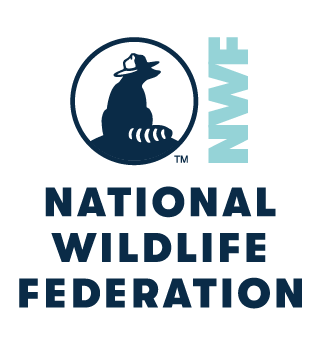The Wallis Annenberg Wildlife Crossing now spans the 101 Freeway in Agoura Hills, but weather issues have pushed completion to sometime in 2026.
• Builders plan to cover the crossing with “engineered” soil inoculated with local microbes early next year so more than 5,000 native shrubs and wildflowers can be planted.
• But the crossing won’t be connected to the mainland until Stage 2, when many tons of earth must be moved to create a safe elevated passage over one of the state’s busiest freeways.
• Builders plan to cover the crossing with “engineered” soil inoculated with local microbes early next year so more than 5,000 native shrubs and wildflowers can be planted.
• But the crossing won’t be connected to the mainland until Stage 2, when many tons of earth must be moved to create a safe elevated passage over one of the state’s busiest freeways.
It doesn’t take a hawk eye to recognize that the Wallis Annenberg Wildlife Crossing over the 101 Freeway in Agoura Hills is not your normal Caltrans project.
For one thing, there’s the color. Most Caltrans structures are the light gray of natural concrete. But to reduce reflectivity and help the crossing blend in more with the surrounding land, the new crossing’s 27 million pounds of concrete have been colored a shade dubbed “dusty mocha” by the project’s lead designer, Robert Rock, a landscape architect for Chicago-based Rock Design Associates.

